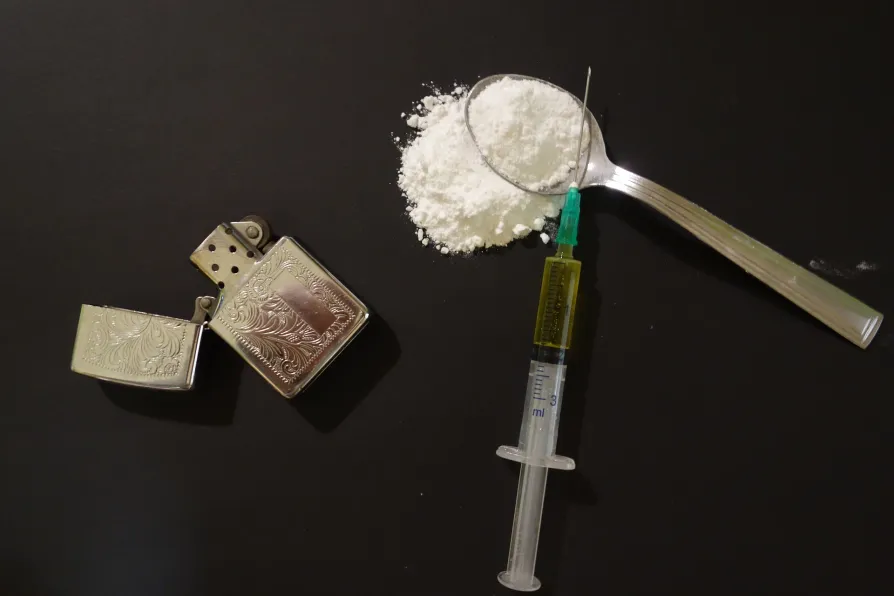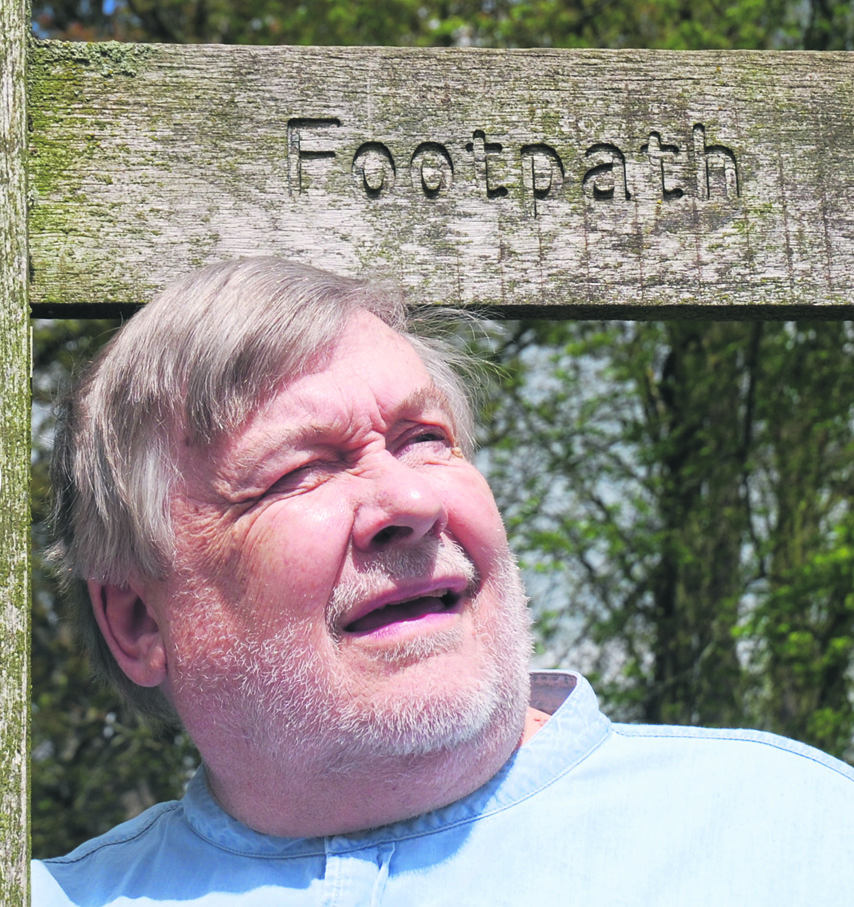Durham Miners’ Association general secretary ALAN MARDGHUM speaks to Ben Chacko ahead of Gala Day 2025


THE story of illegal street drugs like heroin is a sad one. In starts with poverty-line farmers who grow the crops. They get rock-bottom prices for their harvest and the workers who process the plant material into the useable drugs don’t get paid much either.
It’s the professional big-time gangsters, or corrupt politicians, the ones that are never seen or caught, who make the massive fortunes. By the time their obscene product reaches the streets the drug is back in the hands of the very poor again.
Mostly these are addicts, so poor that they must turn to crime or prostitution to pay for their next fix and the awful circle is complete.
That story is one I hope to deal with in another, later Ramblings.
Of course, as well as the horrendous illegal trade there is a legal opium trade and that’s what I want to focus on.
Recent reports tell us there has been a 27 per cent increase in the legal use of strong, often opiate-based painkillers in Britain. Recently the NHS has decided to stop prescribing some over-the-counter pain remedies such as paracetamol and ibuprofen.
This move is another part of the Tory government’s relentless picking away at NHS funding despite all their assurances that the NHS is safe in its hands.
More worrying are the new NHS statistics involving the overprescription of opioid painkillers. It is often hard to tell if this is genuine well-based medical advice or more smoke and mirrors to hide mean penny-pinching policies.
I thought I’d look at it from a slightly different angle. My article last November on white and red remembrance poppies led me to where the colourful relations of our humble poppies were grown for the opium trade.
Imagine, if you will, the classical image of a field of opium poppies, somewhere in a hidden mountainous valley in Afghanistan or Iran. But did you know that over half the legal production of poppies for medical purposes takes place in the island of Tasmania off the southern coast of Australia?
Opium poppies (Papaver somniferum) have been grown in the island since 1966 when a British agronomist visiting the island realised that the climate and remote location would make it ideal for production of opium.
The original home of the opium poppy was probably the eastern Mediterranean region. Originally grown for edible — and delicious — seeds, it didn’t take long for the soothing and sleep-producing powers of the pretty poppy heads, when brewed into poppy tea, to be realised.
Deeper knowledge of the concentrated drug, opium, is known to be more than 2,000 years old in these eastern Mediterranean lands. Then the opium culture with its common use of opium as a drug of addiction as well as medicine moved east.
Originally, opium as a drug of addiction was eaten or drunk as an infusion. Smoking of opium became a terrible vice among the Chinese. Our British imperialists greedy for profitable sales encouraged its use.
This trade would lead to two opium wars in the mid-19th century over the British trade of opium to China. The first opium war (1839-42) and the second opium war (1856-60) and events between them weakened the Qing dynasty and made sure the Chinese would not be able to end their cruel addiction to the drug.
Over the years a vast illegal opium trade network has seen the very poorest peasants in countries like Pakistan and Afghanistan grow the drug which would eventually be smoked or injected by the very poorest in so-called civilised countries.
In between an army of corrupt politicians, gangsters and drug dealers would all make a fortune.
Meanwhile opium and its various derivatives, such as morphine and codeine, became the cornerstones of pain control in conventional medicine.
Despite many attempts, synthetic opiates have never made any real threat to natural poppy-based drugs.
Once called Van Dieman’s Land, the island of Tasmania is still so remote and unexplored that its forests may still be home to many rare creatures, including the thylacine (Thylacinus cynocephalus), also known as the Tasmanian tiger or the Tasmanian wolf. This was the largest known carnivorous marsupial of modern times.
Britain used this remote island as a prison colony for many years, transporting thousands of people from Britain for crimes as small as stealing a loaf of bread.
Now the West uses the island for growing legal opium, but things are not looking so good for the legal opium trade. Farmers who have grown opium poppies for decades in Tasmania are walking away from a crop they no longer consider lucrative. Tasmania has slashed the production areas growing the white poppies.
Why? For the answer to that we need to look at the US pharmaceutical market and similar trends in Britain.
Aggressive US marketing from the 1990s helped drive up sales of opiate pain medications, which in turn fuelled the growth of the poppy industry and its bumper profits.
However, prescription opiate painkillers can be highly addictive and it was only a matter of time before this caught up with a generation of users.
This came to a head around 2013 when US authorities changed prescriptions policies. As a result, demand for the alkaloid thebaine, used in prescription painkillers like oxycodone — often known as Hillbilly heroin — dipped sharply in the US.
Deaths from overdoses of prescription opiates and illicitly manufactured fentanyl, (a drug up to 50 times more powerful than morphine) have continued to spiral out of control.
Donald Trump’s US is now dealing with more than 140 opioid-related deaths every day.
In Australia itself they have banned over-the-counter codeine-based drugs. The ban is designed to cut the 150 codeine-related deaths in the country each year.
Recent stories in Britain show we are also having some concern about high levels of pain-control drugs.
For the Tasmanian poppy industry, that sharp reduction in demand has led to reduced prices and harvests. From 900 growers in 2013 this year there will be less than half that. Crop area is down from 30,000 hectares at its peak to around 10,000 hectares this season.
Meanwhile illegal opium poppies still make fortunes for some and misery for those who tend the poppy fields and those who are addicted to the various opium-based drugs.



















